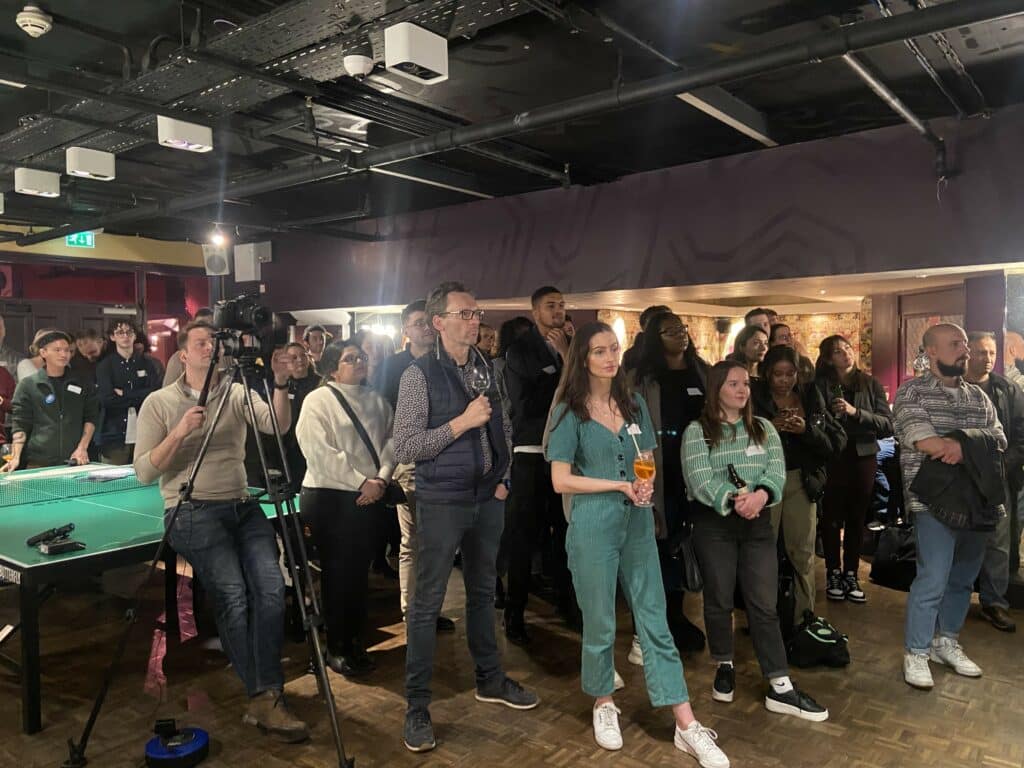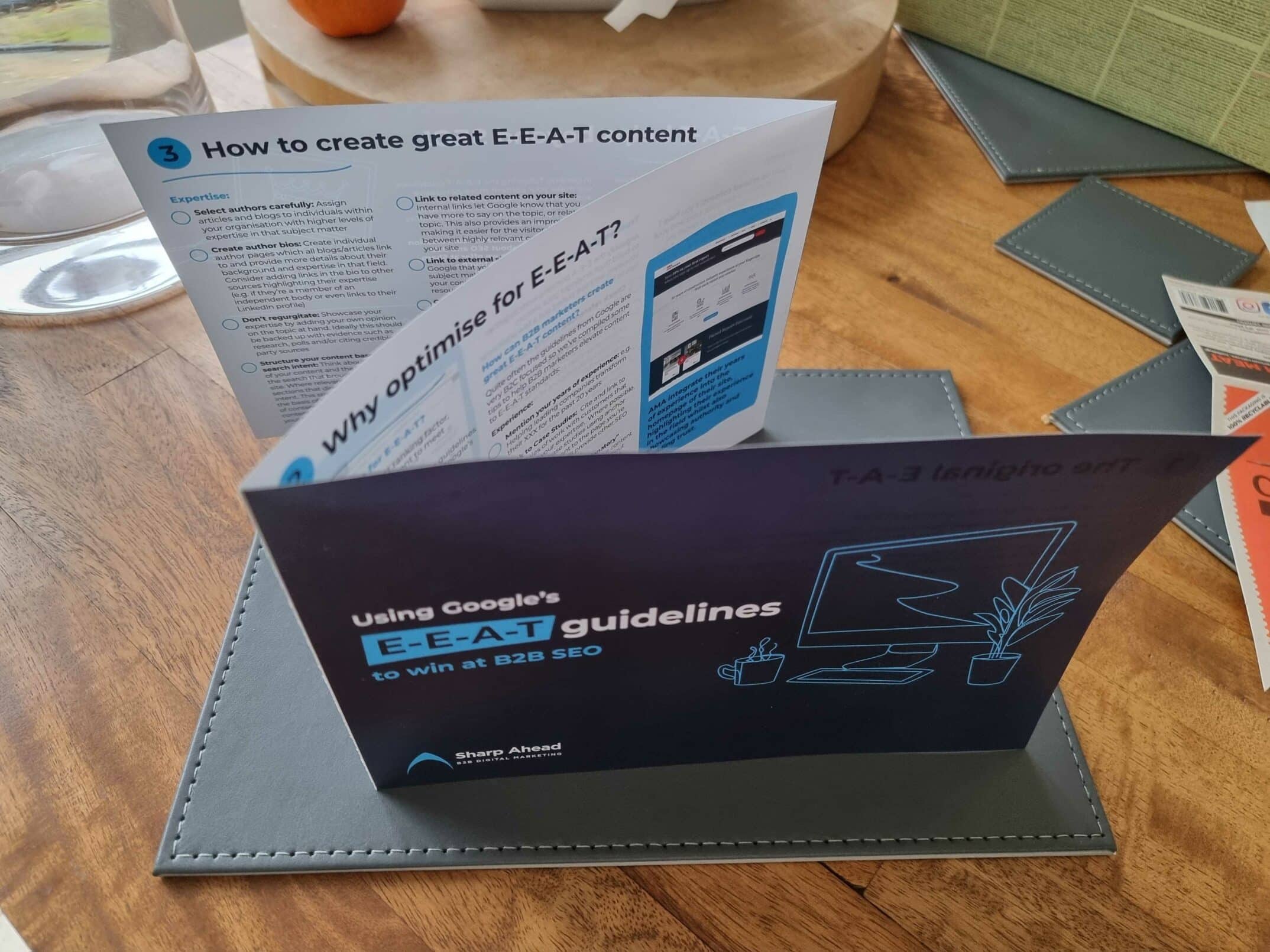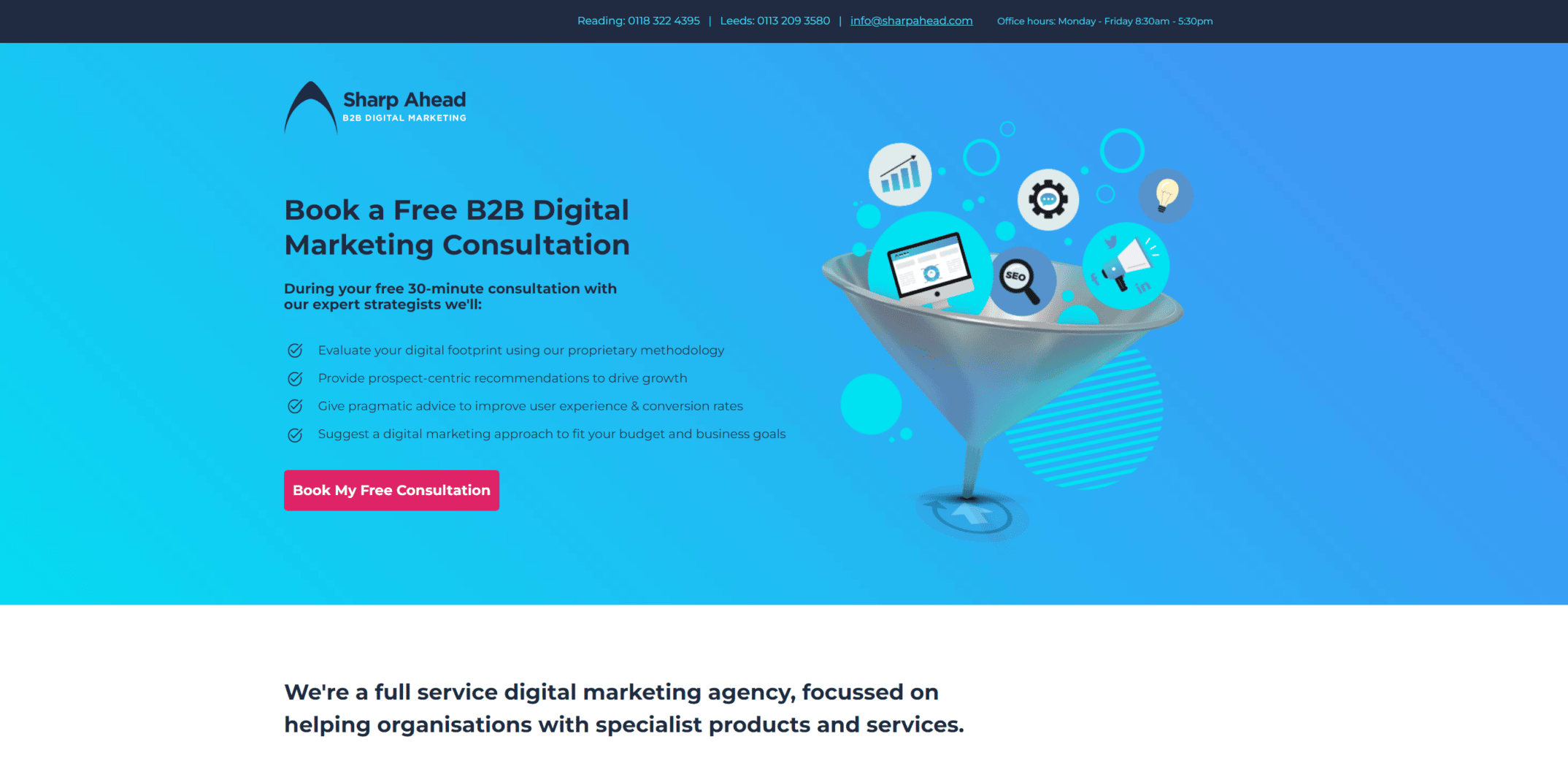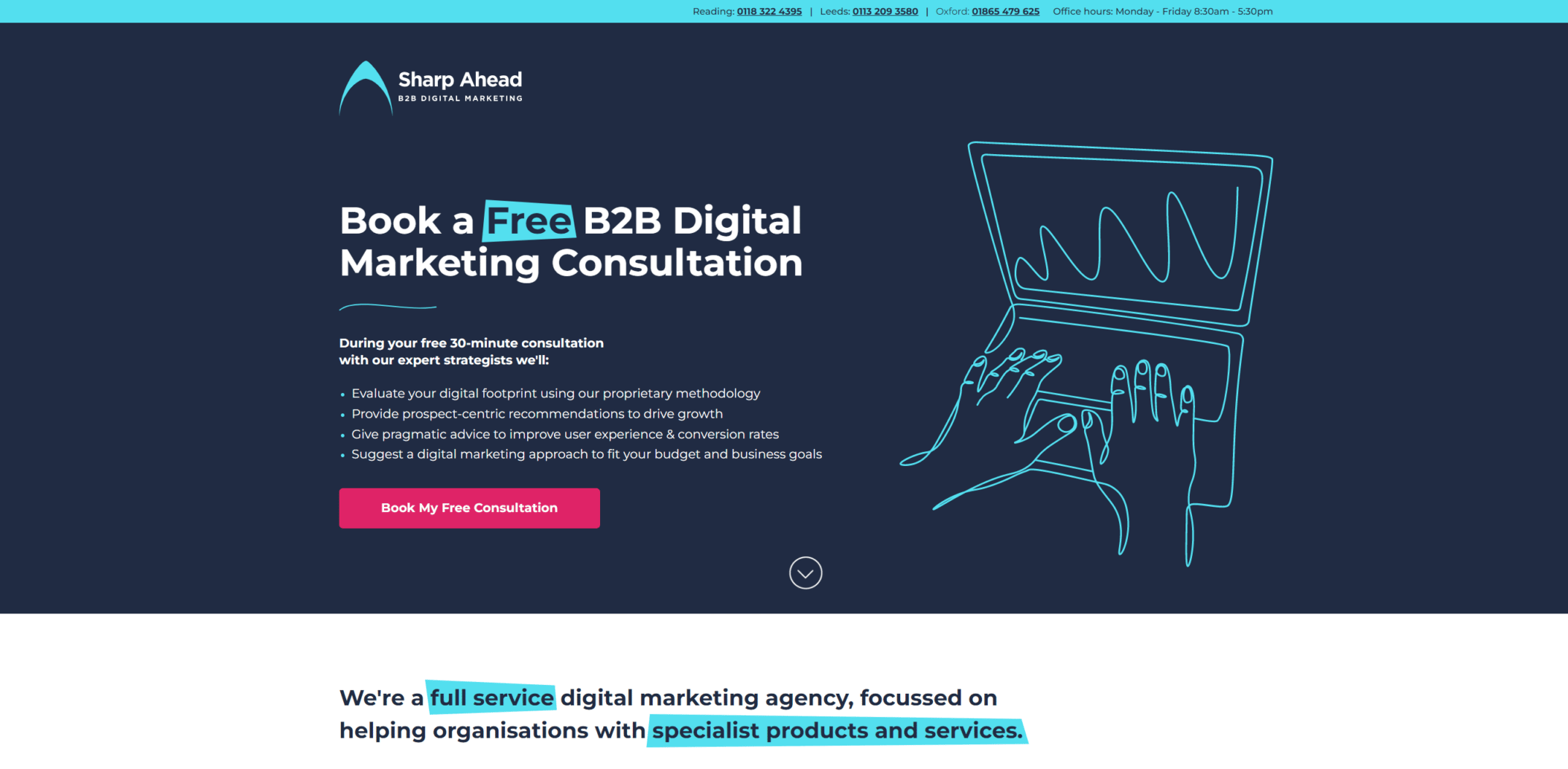Subheading
One of the most useful things I learned in business school is the NIHITO Principle…
On this page:

There’s no Professor Nihito! Rather, it’s an acronym – Nothing Interesting Happens In The Office.
In other words – if you’re looking for new ideas, get outside your normal work environment.
The Search London event that we sponsored and attended at the end of February was a great example of NIHITO in action. My team and I came away with a bunch of ideas and inspiration about how we can improve our best practices for SEO and related areas of digital marketing.
Highlights from the talks
- A reminder of the importance of accessibility for SEO-related content (and indeed for everything else in digital marketing) – it’s not hard to make your content a bit more accessible, and both the search engines and your users will reward you.
- An in-depth look at the complexities of technical SEO on dynamic Javascript-based websites. Most of our clients don’t need to worry about this sort of complexity, but it was great to hear the gory details from an expert practitioner.
- A fascinating overview of SEO in China, in particular for China’s dominant Baidu search engine. A few of our clients are active in the Chinese market, so some of these ideas are directly relevant for us, but more generally this talk was a reminder about the qualitative aspects of SEO. Whether in China or elsewhere there’s a lot more to the modern SERP than just “ten blue links” and somehow seeing examples in an unfamiliar language helped to highlight this. Our team had some great conversations sparked by this talk!
Google’s EEAT guidelines
We took along a printed version of our recent article and checklist “how to use Google’s EEAT guidelines to win at B2B SEO” and it was great to see so many attendees reading and keeping these. It’s a fantastic resource for anyone working in B2B content marketing. You can download the checklist from within the article.
We still have a few of the printed ones available – if you’d like one to keep handy on your desk please get in touch and we’ll gladly post one to you.
Photos
You can get a flavour of the event from the photos here: meetup.com/search-london/photos/33209538/

Speakers’ Slides
You can access all the speakers’ slides from the event through the following links:
Rejoice Ojiaku
‘Content Inclusivity: The Why and The How’
Ulrika Viberg
‘Javascript SEO – How to Test and Common Pitfalls’
Sophie Moule
‘How to Get Your SEO Recommendations to the Top of the Release Cycle List’
Owain Lloyd-Williams
‘How to Achieve SERP Dominance in China – Ideas For a Dynamic Baidu Strategy’
Massive thanks to the organisers Jo Juliana Turnbull and Tim Sheed for a great event. Hope to see some of you at a future Search London for some more NIHITO action!
On this page:
Subscribe
Receive our biweekly newsletter and stay up to date with the latest B2B digital marketing news and insights.
Stuffed, Starved or Satisfied
Help yourself to a glass of bubbles and I’ll explain how you can apply your party planning skills to improve your LinkedIn Ads budgeting.
What longer B2B decision-making cycles mean for digital marketing best practice
It’s a tough market out there with sales cycles continuing to lengthen over the past year
Is the B2B Buying Journey Really Changing?
The B2B buying journey is changing at a fast pace, and B2B marketers must evolve their brand’s digital footprint now or risk obscurity in this new world.











